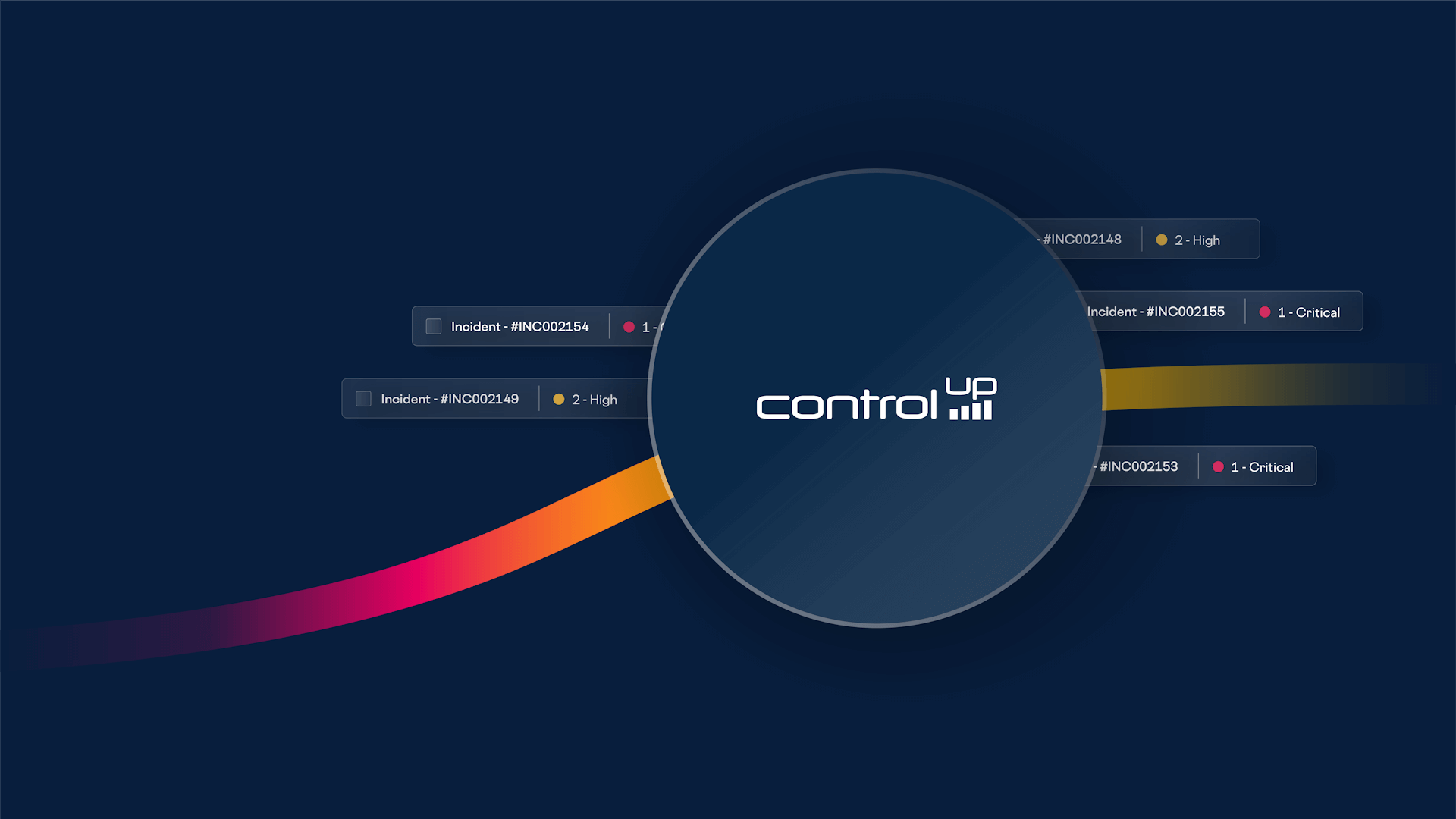
For years, IT has focused on measuring device performance. I’ve been part of that. We’ve built dashboards, created graphs, and collected endless metrics. But here’s what we’ve learned: when it comes to digital employee experience, more data isn’t always better. Sometimes, it’s quite the opposite.
Think about how a help desk operates. When an employee reports an issue, the support team has roughly eight minutes to assess the situation and determine next steps. If they can’t reach a conclusion in that window, the ticket typically moves to level two support. That’s just the reality of help desk operations—and it’s precisely why we need to cut away the noise and focus on what matters.
The Problem with Too Much Data
Here’s a common scenario: You’re looking at 20 different data points about a device’s performance. Nineteen of them are perfectly fine. One is causing problems. Which should you focus on? The answer seems obvious, but traditional monitoring tools don’t make it easy. They show you everything, all the time, requiring constant interpretation and analysis.
That’s not what IT teams need. If you’ve got multiple graphs showing a day’s worth of data and one significant issue is buried somewhere in there, you care about that issue—not the rest of the data. Yet we’ve spent years in IT looking at comprehensive dashboards that require sifting and context to be useful.
Simplification is the Answer
This is where intelligent Digital Employee Experience (DEX) scoring comes in. Instead of burying teams in data, it’s about creating a uniform representation of performance measurement across all tiers. We can understand the context and correlation between different factors, but only when they actually matter to the user experience.
Consider what happens when an employee contacts their help desk. They rarely call to say everything’s working brilliantly. They call because something is preventing them from doing their job. The solution isn’t to show them every metric about their system—it’s to quickly identify and, ideally, resolve whatever is blocking their ability to execute their work.
Turning Data Into Action
The real value of DEX scoring comes from driving quick, accurate action. For example, say an employee reports that their screen keeps freezing. Without proper context and clear prioritisation, even the most well-trained, well-intentioned support teams might start down completely wrong paths. Such reports often lead to keyboard replacement requests or other dead-end solutions, creating a costly chain of misguided actions.
Good DEX scoring prevents these situations by:
- Identifying the actual problem among all available data points
- Presenting clear, actionable information
- Enabling support teams to resolve issues within that crucial eight-minute window
- Preventing unnecessary escalations and hardware replacements
Making Support Teams More Effective
When you cut away the noise, you give support teams the ability to execute effectively. Instead of digging through multiple tools and endless metrics, they get clear, actionable information: Problem. Reason. Next steps.
This isn’t just about making things easier—it’s about making support teams more effective. When your first-line support can quickly identify and address real issues, you reduce escalations, prevent unnecessary hardware replacements, and ultimately deliver better service to your employees.
True DEX management isn’t about collecting more data—it’s about making better use of the data we have. By cutting away the noise and focusing on what actually impacts employee experience, we can transform how IT supports the business.
After I explain this to people, I often get a follow-up question: How do we ensure our DEX scoring measures what really matters to our organisation? It’s a solid question, because identifying the signal through the noise is just one step. You also need to ensure that you’re looking for the right signals in the first place. I’ll cover that in my next piece.
Feeling impatient and want to learn more about DEX and DEX scoring now? Visit our solutions pages or schedule a demo.
